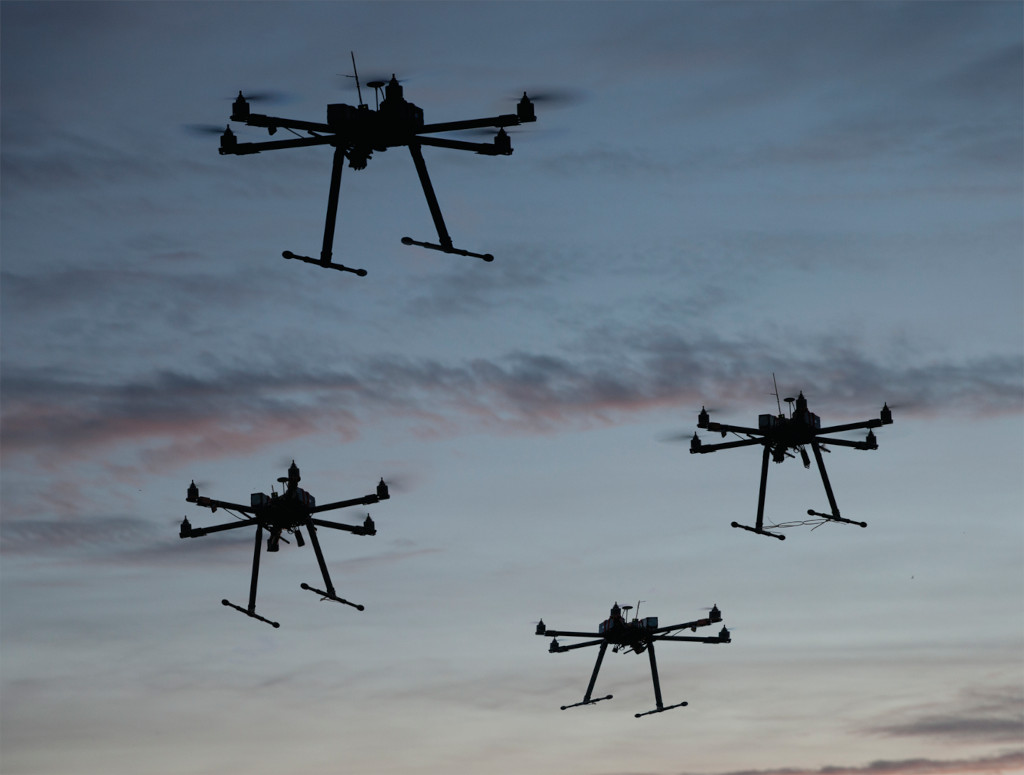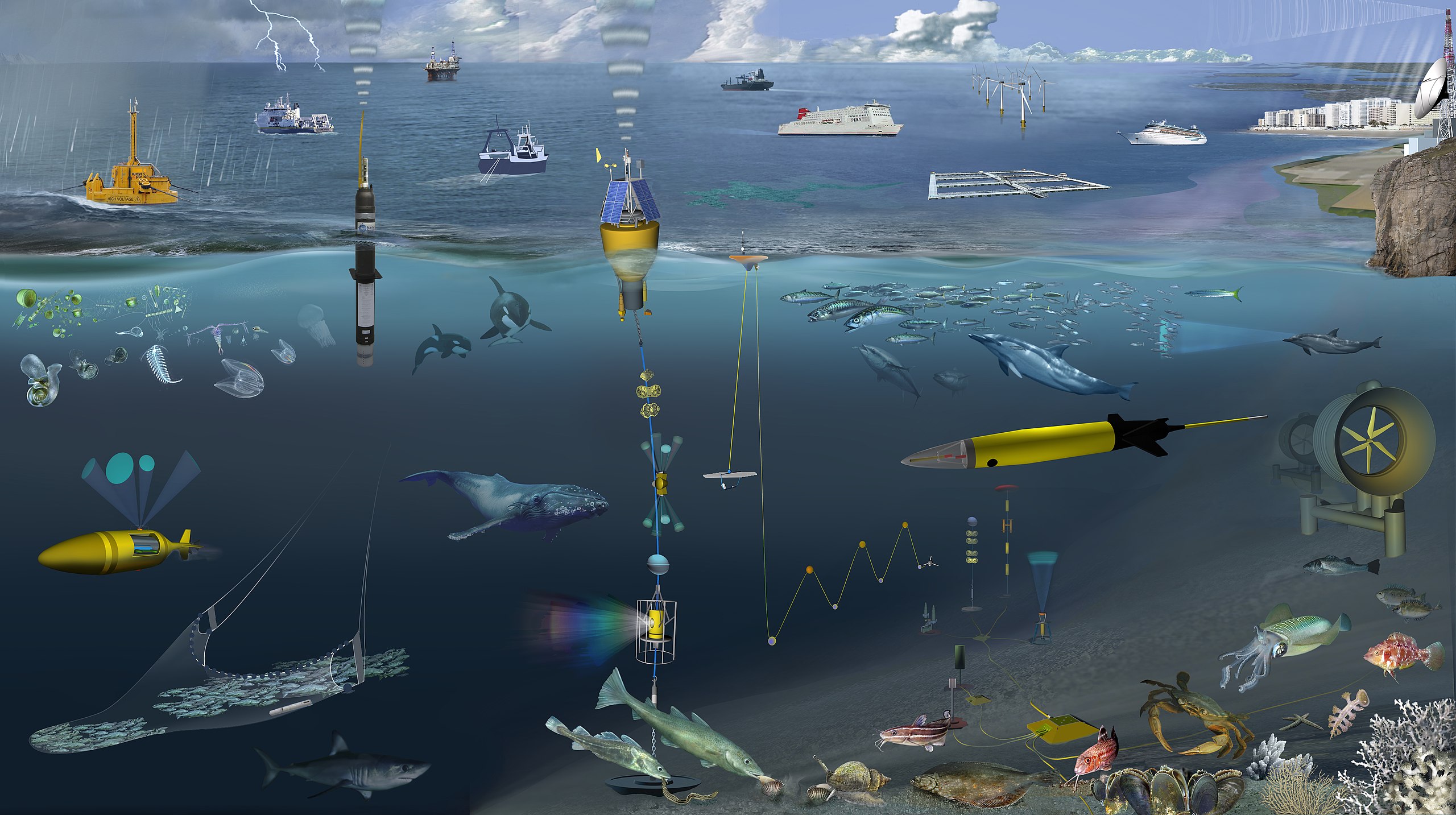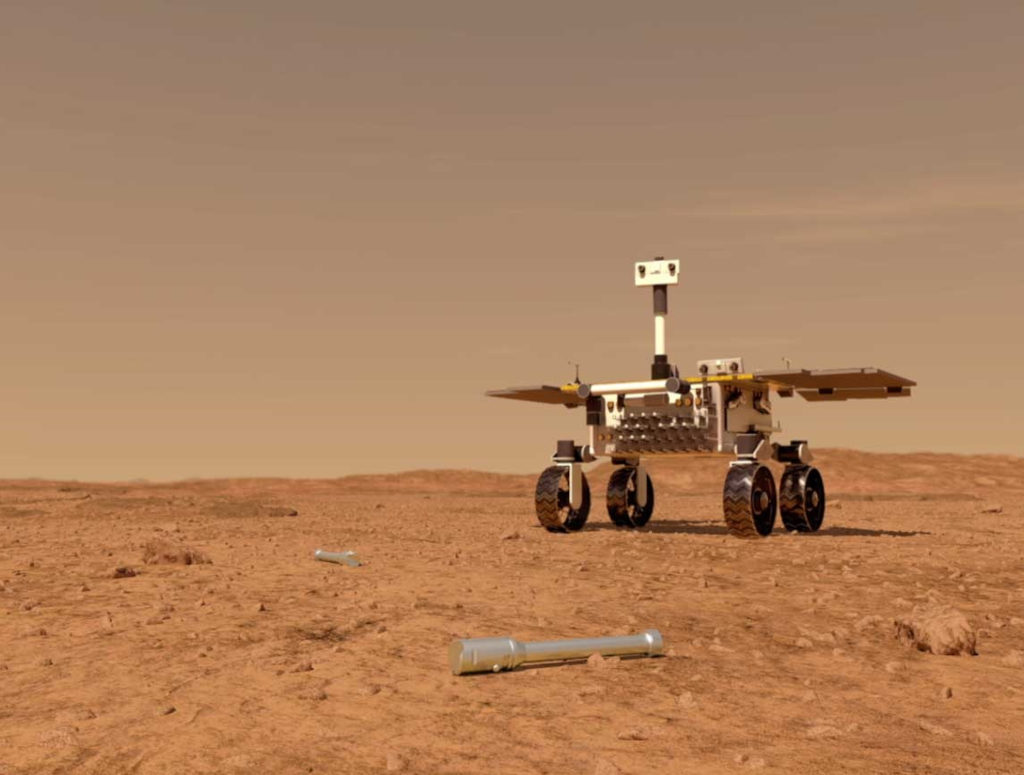
This is the second paper (in review) in the Multi-agent learning in dynamic systems series. This work looks at how agents can learn to allocate restricted resources to handle incoming tasks, adapting to meet the goals of other agents as they gain knowledge on those goals.
Multi-agent learning in dynamic systems Focused on applying reinforcement learning techniques to multi-agent systems where the environment is dynamic, and realistic resource constraints exist. This work combines task-allocation optimisation, resource allocation, and self-organising hierarchical agent structures.
Abstract
Resource allocation and task prioritisation are key problem domains in the fields of autonomous vehicles, networking, and cloud computing. The challenge in developing efficient and robust algorithms comes from the dynamic nature of these systems, with many components communicating and interacting in complex ways. The multi-group resource allocation optimisation (MG-RAO) algorithm we present uses multiple function approximations of resource demand over time, alongside reinforcement learning techniques, to develop a novel method of optimising resource allocation in these multi-agent systems. This method is applicable where there are competing demands for shared resources, or in task prioritisation problems.
Evaluation is carried out in a simulated environment containing multiple competing agents. We compare the new algorithm to an approach where child agents distribute their resources uniformly across all the tasks they can be allocated. We also contrast the performance of the algorithm where resource allocation is modelled separately for groups of agents, as to being modelled jointly over all agents.
The MG-RAO algorithm shows a 23 - 28% improvement over fixed resource allocation in the simulated environments. Results also show that, in a volatile system, using the MG-RAO algorithm configured so that child agents model resource allocation for all agents as a whole has 46.5% of the performance of when it is set to model multiple groups of agents. These results demonstrate the ability of the algorithm to solve resource allocation problems in multi-agent systems and to perform well in dynamic environments.









